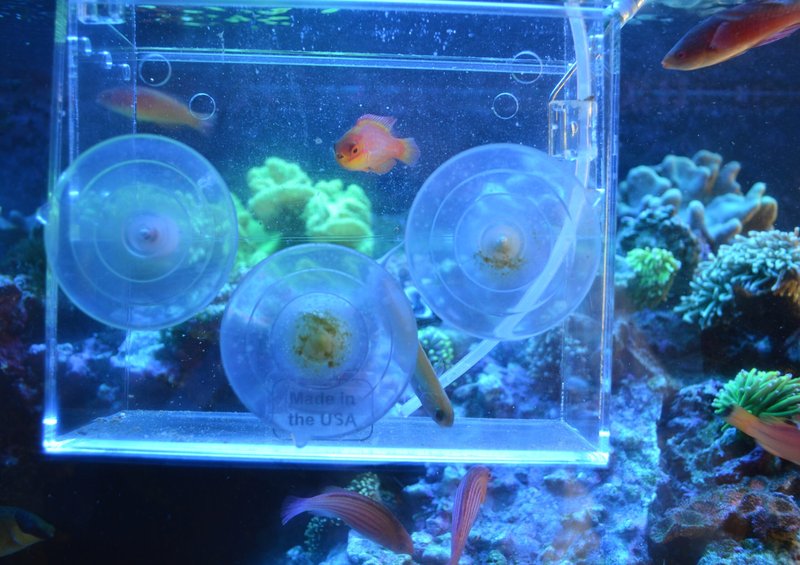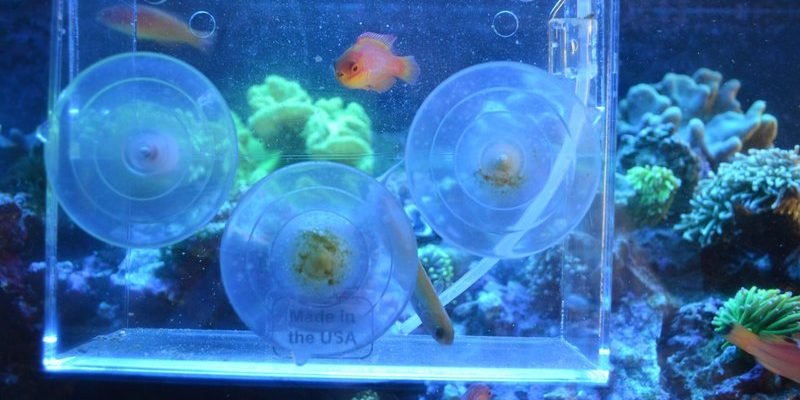
Acclimating a Blue Tang isn’t just about dropping them in your tank and hoping for the best. It’s more like a careful dance—one where you want your fish to feel safe and comfortable. This delicate process helps to reduce stress and prevents potential shock from changes in water temperature, chemistry, and other factors. Let me explain how to do this right, so your Blue Tang can flourish in its new aquarium home!
Understanding the Importance of Acclimation
Acclimating your Blue Tang is vital for a few reasons. First off, your new fish comes from a completely different environment, often from a store tank or a reef. These places have specific water conditions, and when you bring your Blue Tang home, the water in your aquarium might differ in temperature, salinity, or pH level. Without proper acclimation, your little swimmer could experience stress, which can lead to health issues down the line.
Here’s the thing: fish can’t just adapt to changes like we might. Imagine if you were suddenly dropped into a freezing lake without warning! You’d be in shock. Similarly, your Blue Tang needs time to transition to its new surroundings. By taking the time to acclimate, you’ll be setting the stage for a happy, healthy fish. It creates an easier introduction to its new home, ensuring it can explore and thrive without any anxiety.
Plus, acclimation can help prevent those pesky disputes with other residents in your aquarium. When fish feel stressed, they can become more territorial. Think of acclimation as giving them a “welcome mat”—a way to introduce themselves to the environment and to any existing inhabitants.
Gather Your Supplies
Before you get started with the acclimation process, let’s gather some essential supplies. It’s like preparing for a road trip; you want to make sure you have everything you need to avoid any bumps along the way. Here’s a handy list:
- A clean bucket or a container for the transport water.
- A net for transferring your Blue Tang into the aquarium.
- A thermometer to monitor water temperature.
- A testing kit for checking water parameters like pH and salinity.
- A timer or watch to help you stay on schedule.
Having these items ready will make the acclimation process smooth and stress-free. You might be thinking, “Is all this really necessary?” Yes! The more prepared you are, the easier it is for your new Blue Tang to settle in peacefully.
Step-by-Step Acclimation Process
Now that you have everything, let’s dive into the actual acclimation process. Trust me; it’s straightforward. Here’s how you can do it:
1. Float the Bag
When you get home with your Blue Tang, the first step is to float the sealed bag in your aquarium for about 15-20 minutes. This helps equalize the water temperature between the bag and the tank. Just like letting a cold drink sit out for a bit before you sip—it makes the transition easier.
2. Open the Bag
After floating the bag, carefully open it without letting any water from the store tank get into your aquarium. That store water might have different levels of ammonia or other substances that could upset your tank’s balance.
3. Slowly Add Tank Water
Now, here comes the gradual part! Use a cup to take some of your aquarium water and slowly add it to the bag with your Blue Tang. Do this over the next 30 minutes, adding a cup every five minutes. This process helps your new friend acclimate to your tank’s water parameters without overwhelming them.
4. Transfer the Fish
After the 30 minutes are up, it’s time to move your Blue Tang. Gently use a net to scoop the fish from the bag and place it in the aquarium. Avoid pouring any water from the bag into your tank. Just like taking a moment to check your surroundings before making a big step, this helps ensure your fish is entering a safe environment.
Monitor Your Blue Tang
Once your Blue Tang is in its new home, keep an eye on it for the next few days. Like a new kid at school, your fish might need some time to adjust. Observe how it interacts with the tank and its new neighbors. If the fish seems stressed, or if you notice any flashing (rubbing against objects), it might need a little extra care.
During this time, make sure to check water parameters regularly. Ideal conditions for a Blue Tang include:
- Temperature: 72-78°F (22-26°C)
- Salinity: 1.020-1.025 specific gravity
- pH: 8.1-8.4
Keeping everything stable will help your Blue Tang thrive!
Common Acclimation Challenges to Watch For
Even with the best intentions, there can be hiccups in the acclimation process. You might be wondering, “What should I look out for?” Here are some common challenges:
1. Temperature Shock
If the water temperature in your tank is significantly different from what your Blue Tang came from, you might notice your fish acting lethargic or hiding. This is a sign of stress. Adjusting your tank’s temperature gradually can help prevent this.
2. Poor Water Quality
Sometimes, the water quality in your aquarium can be off, causing issues for your new fish. If you notice any signs of distress or illness like spots or clamped fins, consider checking your water parameters. A water change might be necessary.
3. Aggressive Tank Mates
If you have other fish in the tank, be on the lookout for aggression. Some fish can be territorial and may not welcome your Blue Tang with open fins! If you notice any bullying, be ready to create a temporary barrier.
Post-Acclimation Care
Once your Blue Tang seems settled in and comfortable, it’s all about providing stellar care. This means feeding your fish a balanced diet, maintaining good water quality, and ensuring your aquarium environment mimics the ocean habitat they thrive in.
Consider adding hiding spots and plenty of swimming space in your tank. Blue Tangs are social creatures, so they enjoy having places to explore and retreat. Regular water testing, cleaning, and observing behavior ensures that you catch any potential issues early.
Acclimating a new Blue Tang might seem daunting at first, but by following these steps, you’re giving your fish the best chance at a happy life in your aquarium. Just like any new adventure, it takes patience and care. With time, you’ll see your Blue Tang adapting beautifully, swimming around with grace, and becoming a vibrant part of your aquatic family. Remember, the more effort you put into acclimation, the healthier and happier your fish will be. Happy fishkeeping!

